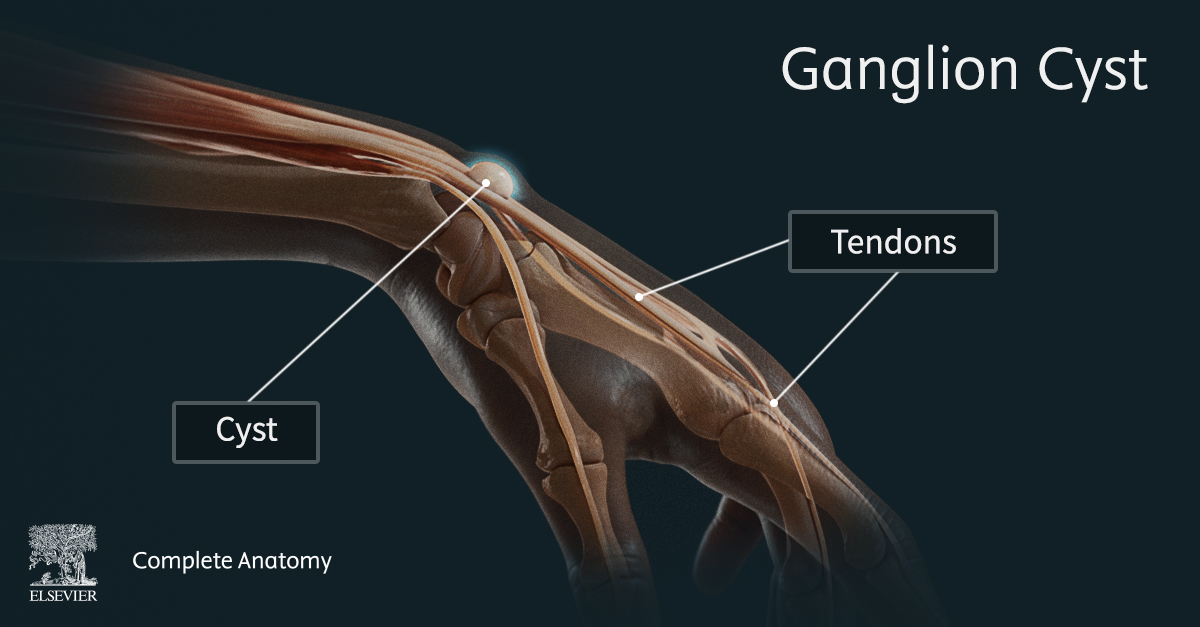
Tarsal tunnel syndrome is a result of tibial nerve compression or damage at the tarsal tunnel. The tarsal tunnel is a passage in the medial ankle. It is bounded by the flexor retinaculum of the ankle, the medial malleolus of the tibia and the talus and calcaneus bones. Several structures pass through the tarsal tunnel […]Lire l’article









